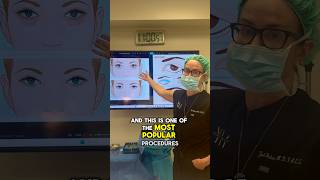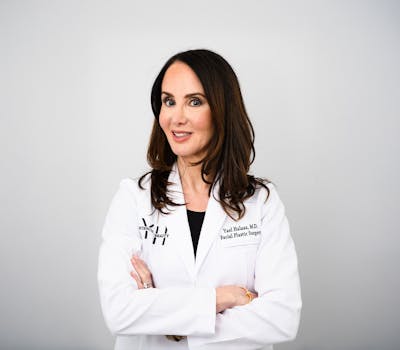If you’re experiencing puffy or bulging bags underneath your eyes, or eyelids that show white under the iris, Dr. Halaas specializes in lower blepharoplasty in NYC and Westchester. As one of her areas of focus and main services, she skillfully and beautifully performs eyelid surgery.
I had lower blepharoplasty, and my only regret is not having it done sooner. I am truly amazed at how everything turned out and could not have asked for a better surgeon and overall experience! As if her expertise wasn’t enough, her top-notch staff was icing on the cake.














